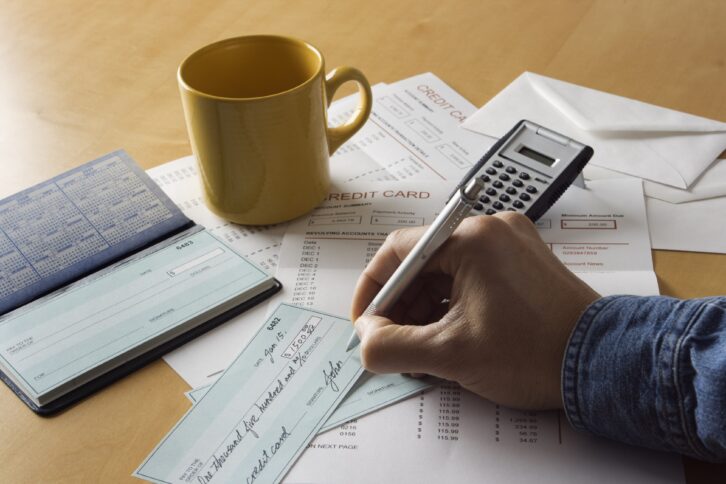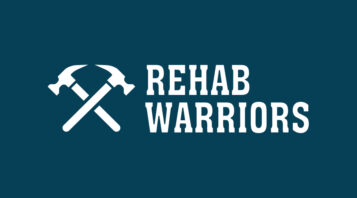When dealing with personal finances, we know it can be a headache. With so many terms, numbers, and details to understand, it’s no wonder you can find yourself quickly overwhelmed. One of those concepts that people tend to be particularly flustered by: credit scores. What are they? How do they work? How does my credit score go up or down? The questions around understanding credit scores are endless and now we have the answers.
What Is a Credit Score?
Let’s start at the beginning. What is a credit score? A credit score is a number between 300–850 that depicts your creditworthiness. The higher your score, the better you look to potential lenders when applying for a loan. A credit score is based on your credit history, which includes your number of open accounts, total debt, repayment history, and some other factors. Lenders use this number to determine the probability that you will repay your loan on time.
How Is My Credit Score Determined?
Understanding your credit score is complex, as multiple factors go into it. The factors are broken down into five categories, all holding different values to equal 100%. These categories are:
- Payment History (35%)
- Credit Utilization (30%)
- Credit History Length (15%)
- Credit Mix (10%)
- New Credit (10%)
Payment History
Your payment history shows how you’ve made payments through the length of your credit history. It makes up 35% of your credit score as it proves that you have successfully and consistently paid your accounts in the past. Lenders consider this so highly because it tends to be the strongest indicator of your likelihood to repay all your debts.
Here’s What Is Taken Into Consideration as Part of Your Credit History:
- Credit cards (Visa, MasterCard, American Express, Discover, etc.)
- Retail accounts (credit from stores, like department store credit cards)
- Installment loans (loans where you make regular payments, like car loans)
- Mortgage loans
Your Credit Score Can Be Impacted Based on These Factors:
- Overdue delinquent payments
- Amounts still owed on delinquent accounts or collection items
- Amount of past due items on a credit report
- Adverse public records (bankruptcies)
- Amount of time passed since the above factors began
- The number of accounts being paid
Credit Utilization
Credit utilization, which makes up 30% of your credit score, is the ratio of your outstanding credit card balances to your credit card limits. It measures the amount of available credit you are using. For example, if your balance is $500 and your credit limit is $1,000, then your credit utilization for that credit card is 50%.
To calculate your personal credit utilization, divide your credit card balance by your credit limit, then multiply by 100. The lower this percentage, the better. A lower credit utilization means you’re using a small amount of credit.
Credit History Length
In order to grow your credit, you need to get credit, and it’s difficult to open lines of credit if you don’t have a good score. While this may feel like a no-win situation as credit history length is 15% of your credit score, there are steps you can take to help grow your credit history length. Here are a few tips:
- Apply for a secured credit card. A secured card requires you to provide cash as collateral. FICO Scores look at them the same as any other credit card. You can get one at most banks and lending institutions.
- Get a friend or family member to authorize you on their card. This helps you establish your credit history.
Credit Mix
The next factor to affect your credit score is your credit mix or the different types of accounts that make up your credit report. This makes up 10% of your credit score. Credit scores take credit mixes into account in order to develop a fuller profile of your payment history, trustworthiness, and ability to successfully manage various types of accounts. Each new form of credit you open will show that your mix is becoming more diverse. In the long run, this will demonstrate responsibility for your finances and be reflected in your credit score.
New Credit
New credit means any line of credit you open. Inquiries for new credit remain on your report for two years and makeup 10% of your score. An inquiry is when a lender requests your credit report or score.
Your credit mix can be positively increased if the new line of credit helps diversify the types of accounts you have.
Is My Credit Score Good?
Credit bureaus take all of these categories into account to determine your credit score. There are currently two competing credit models: the traditional model or FICO score, and a newer model called the Vantage score.
When applying for a new loan, your credit score may come up lower than what you see online. This is because lenders usually use a tougher version FICO model which assigns a number between 350-850.
When you put all these factors together to get a score, you are grouped into one of five categories:
- Very Poor: 300-579
- Fair: 580-669
- Good: 670-739
- Very Good: 740-799
- Exceptional: 800-850
The better your score, the better your financial life. Credit scores can either cost you or save you a lot of money. A higher score gets you lower interest rates, which will save you a lot more money over time.
Traditional lenders are strict on their minimum credit score. Most require between a 620-680 credit score to do a cash-out refinance or a HELOC.
How a Sale-Leaseback Program Compares
Sometimes having a great credit score just isn’t an option for the time being. It’s incredibly common that people’s financial situations or credit scores will reach a time where it is less than ideal, for one reason or another. Maybe you’ve accumulated too much debt that you’re struggling to pay off. Maybe you have recently lost your source of income and have had to rely on credit to stay afloat. There are many normal and understandable reasons why someone’s credit score may be far from perfect.
Most lenders are quick to disqualify you for a loan based on your credit history. But since a sale-leaseback solution is not a lender, there are no hard credit score limits or requirements for a hard credit check. A sale-leaseback program provides a simple and flexible way to convert home equity into cash for more and more homeowners than ever before.
Key Takeaways
Don’t let your credit score keep you from reaching your goals. Talk to a financial advisor today to explore the right solution for you.



















